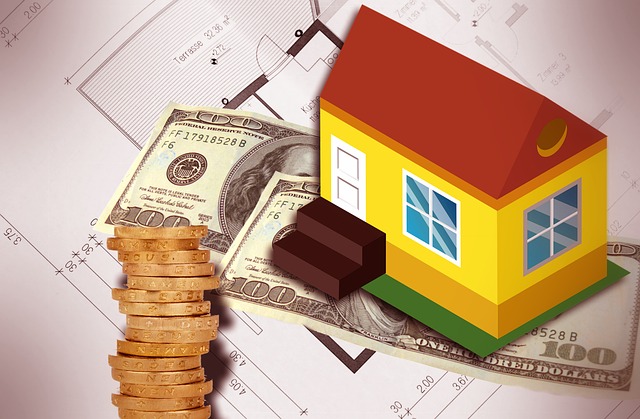
While rising real estate prices are not surprising, they have become an issue of growing concern. Several national media outlets have weighed in on the subject, including Bloomberg and the Financial Times. Both cite rising housing prices at higher levels than in the past 30 years. Reuters also notes a decline in home sales, which it credits to high prices and low inventory. What does all this mean for buyers? We’ll discuss these questions below.
Fannie Mae
The role of Fannie Mae in rising real estate prices is complex. The organization’s financial performance depends on many factors, including the state of the housing market and interest rates. While economists and analysts have varied opinions, Fannie Mae’s statement is consistent with previous predictions. Listed below are some of the factors that may influence the company’s future financial performance. Read the full statement to understand how Fannie Mae’s role in rising real estate prices may affect the company.
The housing market remains strong, as home prices are up nearly 19 percent from last year. Rising prices aren’t the only expense that homeowners face – property taxes, homeowners insurance, maintenance, and HOA fees are also significant expenses. Rising mortgage rates and limited supply are weighing on the residential market. But despite these factors, Fannie Mae continues to project affordable mortgages and a robust housing market.
Texas Real Estate Research Center
According to the Texas Real Estate Research Center, home prices have increased by double digits in the past two years in most major metros. Although the number of out-of-state buyers has increased in Texas since the beginning of the millennium, it is not believed to be a major contributor to the recent home price surge. The report also found that sales of homes in the $300,000 to $399,000 price range have been increasing since 2012, while those below $200K have been flat or declining.
The Texas Real Estate Research Center tracks the housing market and says median home prices in the state increased 17.2 percent year-over-year in November. In Austin, the median price increased nearly 29 percent, and in Dallas and Fort Worth, the median home price climbed 17.9%. Despite the rise in prices, Texas housing remains a bargain compared to other parts of the country. The Texas Real Estate Research Center also reports that median home prices in Dallas-Fort Worth and Austin-Round Rock areas rose 22 percent YOY.
CoreLogic
The CoreLogic Home Price Index Report, which is published each month, includes market condition indicators and distressed sales, as well as the home price forecast. The report also incorporates recently released public data. In February 2022, home prices in the U.S. increased 20 percent year over year. This year, home prices will increase by 2.2% month over month. Despite the slowdown in growth, home prices are still rising at an impressive rate.
The HPI is based on industry-leading databases and incorporates 40 years of repeat sales. CoreLogic predicts a continued rise in home prices, with a low 3.5% increase by December and an average annual growth rate of 9.6% in 2022. The report is based on historical data and forecasts for 2022. Although the report is far from definitive, the average increase in home prices in the US is still higher than the annual growth rate of the S&P/C/M/Year 2000.
U.S. Department of Housing and Urban Development
While the U.S. Department of Housing and Urban Development predicts that the housing market will return to seasonality by 2022, there are some signs that suggest that the market will remain in a seller’s mode. Rising wages and employment, as well as a rising stock market, are driving up demand for homes. While the lack of supply will likely be the biggest barrier to affordability, housing starts should slow down the pace of price escalation. The work-from-home trend may also slow the rate of price escalation in the long term by increasing the number of people living in desired markets.
As a result of rising prices, homebuilders have been working to increase supply through 2022. However, these measures are not enough to remedy the shortage, as it will take years to restore the supply gap. In December, there were only a few million existing homes on the market. As a result, prices jumped across the country, with the median price at $358,000, up 15.8% from a year ago.
